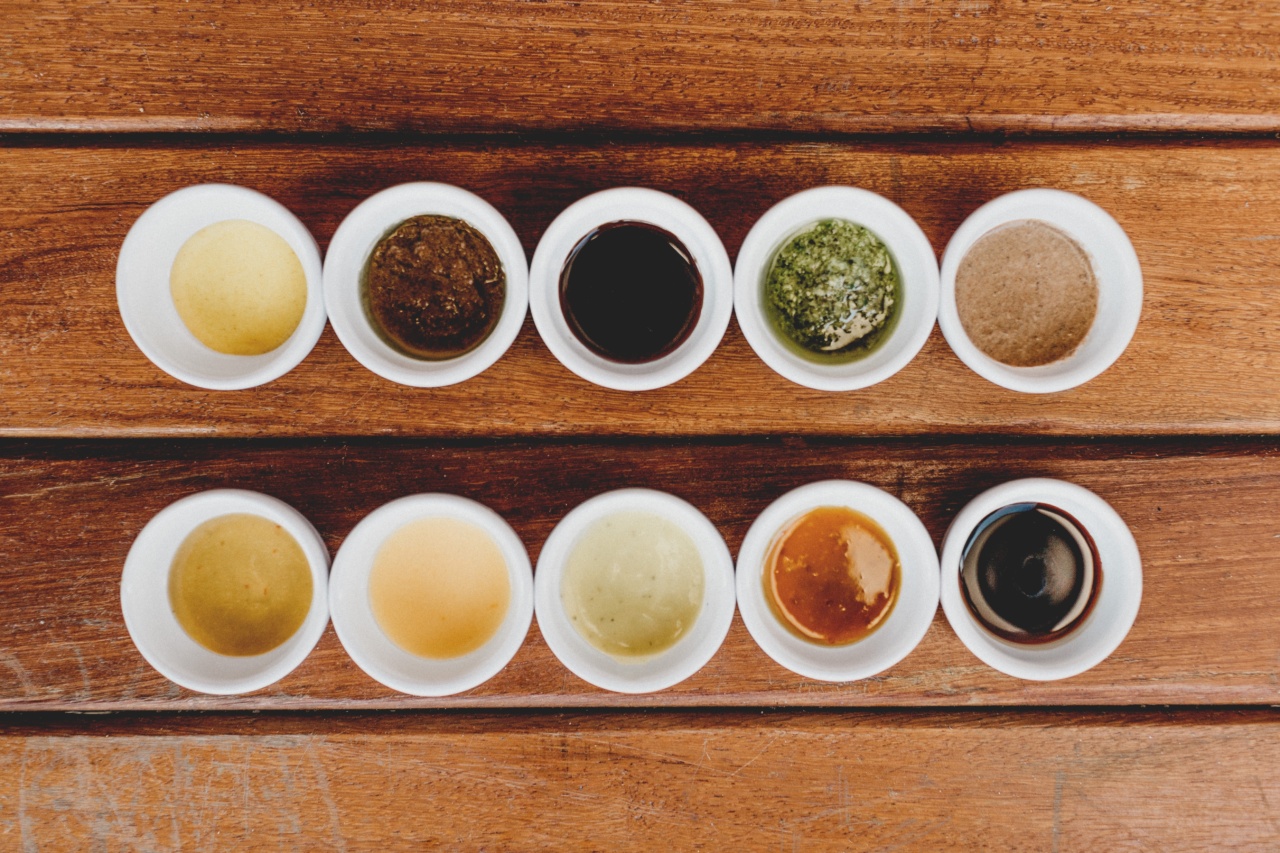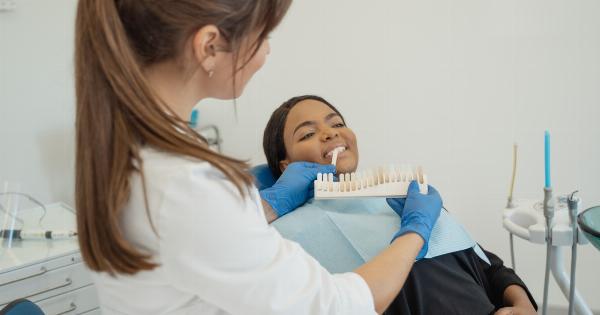Prostatitis is a condition characterized by inflammation of the prostate gland. It affects around 50% of men at some point in their lives, with varying degrees of severity.
The symptoms of prostatitis can range from mild to severe, and can vary depending on the type of prostatitis a person has. Understanding the different types of prostatitis can help individuals identify their symptoms and seek appropriate treatment.
Acute Bacterial Prostatitis
Acute bacterial prostatitis is the easiest type of prostatitis to diagnose. It is caused by a bacterial infection and typically presents with sudden and severe symptoms. These symptoms can include:.
- Fever and chills
- Pain in the lower back, groin, or abdomen
- Pain or burning during urination
- Frequent urination
- Difficulty urinating
- Blood in the urine
- Difficulty achieving or maintaining an erection
Diagnosis of acute bacterial prostatitis is usually confirmed by a urine culture, which can identify the specific bacteria responsible for the infection.
Chronic Bacterial Prostatitis
Chronic bacterial prostatitis is a recurring infection of the prostate gland. Symptoms may be less severe than acute bacterial prostatitis, but they can last for several months or even years. Symptoms of chronic bacterial prostatitis can include:.
- Pain or discomfort in the groin or lower back
- Pain or burning during urination
- Frequent urination
- Difficulty urinating
- Blood in the urine
- Pain or discomfort during ejaculation
Diagnosis of chronic bacterial prostatitis is similar to acute bacterial prostatitis, with a urine culture used to identify the bacteria causing the infection.
Chronic Prostatitis/Chronic Pelvic Pain Syndrome
Chronic prostatitis/chronic pelvic pain syndrome (CP/CPPS) is the most common type of prostatitis, accounting for 90% of cases. It is characterized by long-term pelvic pain and discomfort, which can last for at least three months.
Symptoms of CP/CPPS can include:.
- Pain or discomfort in the groin, lower back, or perineum
- Frequent urination
- Difficulty urinating
- Burning or pain during urination
- Pain or discomfort during ejaculation
- Erectile dysfunction
- Abdominal pain
- Depression or anxiety
CP/CPPS does not have an identifiable cause and is typically diagnosed based on a patient’s symptoms. In some cases, a healthcare provider may perform tests to rule out other conditions, such as prostate cancer or urinary tract infections.
Asymptomatic Inflammatory Prostatitis
Asymptomatic inflammatory prostatitis is characterized by inflammation of the prostate gland without any noticeable symptoms. It is diagnosed based on the presence of inflammation detected during a prostate biopsy, urine test, or semen analysis.
The condition is typically discovered incidentally when a healthcare provider is checking for other prostate issues.
Treatment Options
The treatment for prostatitis will depend on the type a person has. Acute bacterial prostatitis is usually treated with antibiotics, which are prescribed for at least two weeks. If the infection is severe, a person may need to be hospitalized.
Chronic bacterial prostatitis is also treated with antibiotics, which may be prescribed for several weeks or months. CP/CPPS is usually treated with a combination of medications, including antibiotics, alpha-blockers, and nonsteroidal anti-inflammatory drugs (NSAIDs). Asymptomatic inflammatory prostatitis typically does not require treatment.
Prevention Tips
There are several things a person can do to help prevent prostatitis:.
- Practice safe sex by using condoms
- Drink plenty of water to stay hydrated
- Avoid holding urine for long periods of time
- Practice good hygiene by washing hands frequently
- Avoid using perfumed products on or around the genital area
- Stay physically active to promote good prostate health
- Quit smoking, as smoking has been linked to an increased risk of prostatitis
Conclusion
Prostatitis is a common condition that affects many men. There are different types of prostatitis, each with their own symptoms and treatments. While some types of prostatitis are caused by bacterial infections, others have no known cause.
Practicing good hygiene, staying hydrated, and avoiding holding urine for long periods of time can help prevent prostatitis. If you are experiencing symptoms of prostatitis, it is important to seek medical attention to receive an accurate diagnosis and appropriate treatment.






























